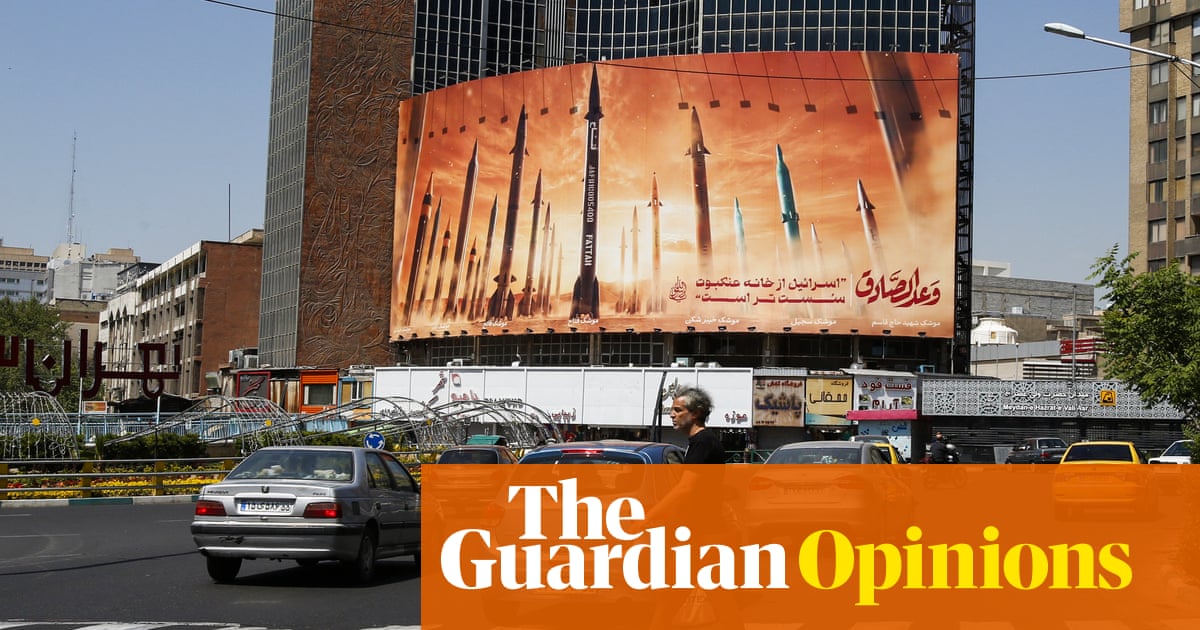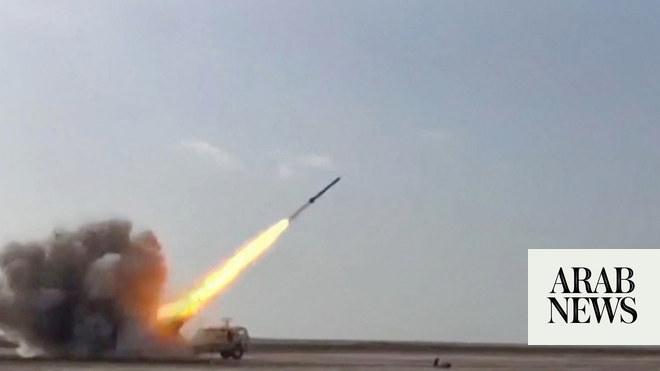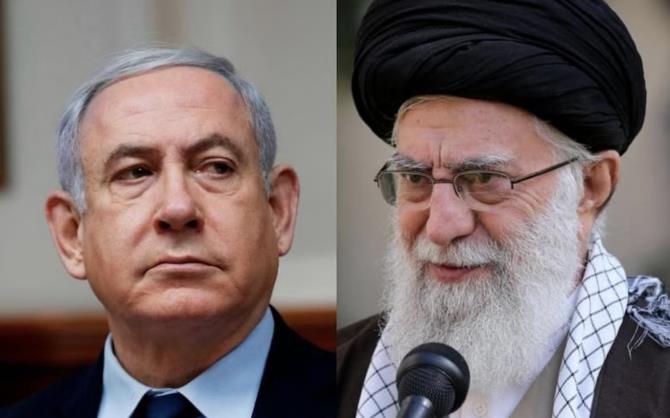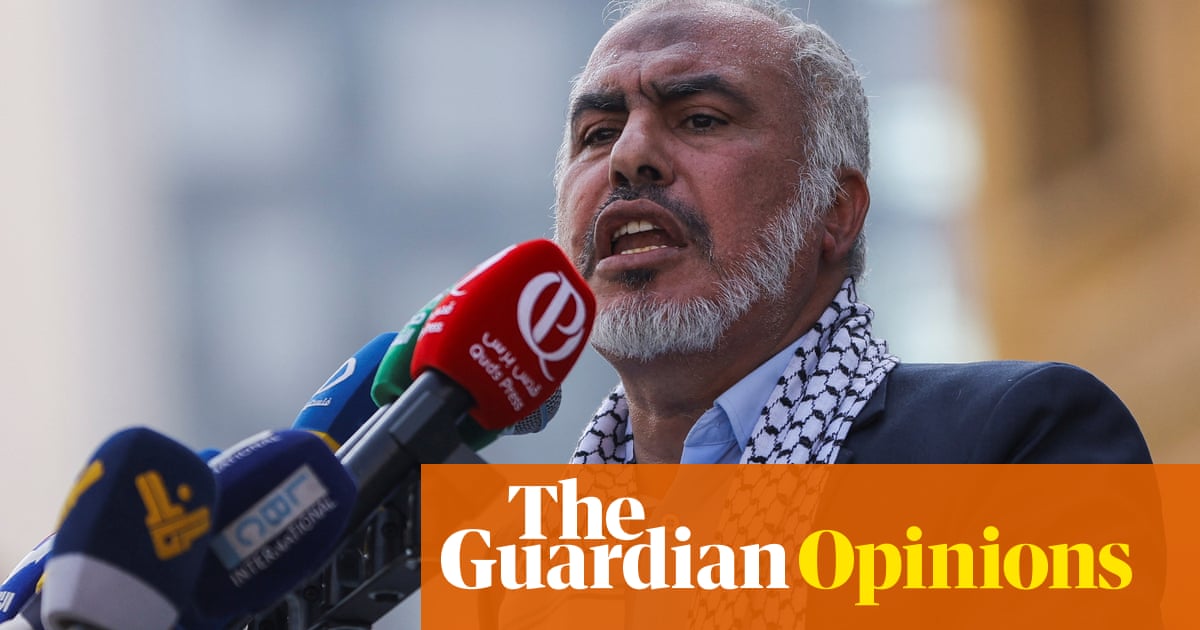
US President Donald Trump’s decision to withdraw from the Iran nuclear deal had different consequences internationally and regionally. But the devastated Iranians, who suffered most from the economic hardship and acts by the oppressive regime, have another concern now that Tehran is in a confrontational mood with Israel.
Despite not sharing borders or a history of hostility, today Israel portrays Iran as its main enemy, and the regime in Tehran is on a mission to cause trouble for Israel.
Once during the time of the late king of Iran, Mohammad Reza Shah Pahlavi, the two nations even considered each other allies and had the best relations in the region.
How did they become one another’s biggest enemy? For the Islamic Republic of Iran, which has supported groups such as Hamas and Hezbollah since the Iranian revolution in 1979, the animosity with Israel was a reason for its regional presence to spread fears and to use them as a tool for terror to destabilize Israel’s northern borders with Lebanon.
With the start of the Arab Spring, it was in the interests of the clerics to keep Bashar Assad in power, which provided the opportunity for Hezbollah and the Iran Revolutionary Guard Corps (IRGC) to hold bases near Israel’s southern border in order to fight Daesh.
The war with Daesh may be over, but the Iranian presence and its associated militia became permanent in Syria. Now Israel is feeling squeezed between south and north by the militia associated with Iran.
According to Israeli sources, Iranian forces in Syria fired about 20 rockets into the Israeli-controlled Golan Heights early Thursday, targeting forward positions of the Israeli military, right after Trump’s announcement that the United States was pulling out of the nuclear deal.
Israel struck back at Iranian targets in Syria in response to the rocket fire, but still Iran wouldn’t admit it was responsible for the rocket attacks. On Thursday, President Hassan Rouhani said: “Iran does not want new tensions in the Middle East.” He also struck a conciliatory tone in a phone call with German Chancellor Angela Merkel, who condemned the missile attack.
“It is a pity that the IRGC risks the lives of Iranians and mercenary Afghans on Syrian bases, who are defenseless against Israeli attacks. Most of those Afghan soldiers are poor refugees sent to war against their wishes.”
Camelia Entekhabifard
Russia, Germany and France called on both countries to exercise restraint, but the US said Iran bore “full responsibility for the consequences of its reckless actions” and that Israel had a right to defend itself.
Why would the IRGC risk Israeli retaliation by provoking them if it is not after a full-scale confrontation? Perhaps to maintain its image among its regional supporters, the IRGC needed to show that it was retaliating to the attack on the airbase in which seven Iranian militia members were killed.
In my opinion, the IRGC chose Golan as a symbol because it’s still Syrian land occupied by Israel, making the attack provocative enough but less controversial than targets inside Israel.
It is a pity that the IRGC risks the lives of those Iranians and mercenary Afghans on Syrian bases, who are defenseless against Israeli attacks. Most of those Afghan soldiers are poor refugees in need of residency status who are sent to war against their wishes and paid as little as a few hundred dollars. Their deaths are no matter to the heartless clerical system, which uses them as bait for Israeli missile strikes.
Iran says it is not interested in having a confrontation with Israel. If this is the case, why wouldn’t it withdraw from Syria and create peace for Syrians, who now can’t sleep because of the thought of a possible new war, this time with Israel?
The forecasts are for an unexpected hot temperature for the region this summer.
• Camelia Entekhabifard is an Iranian-American journalist, political commentator and author of Camelia: Save Yourself By Telling the Truth (Seven Stories Press, 2008). Twitter: @CameliaFard









